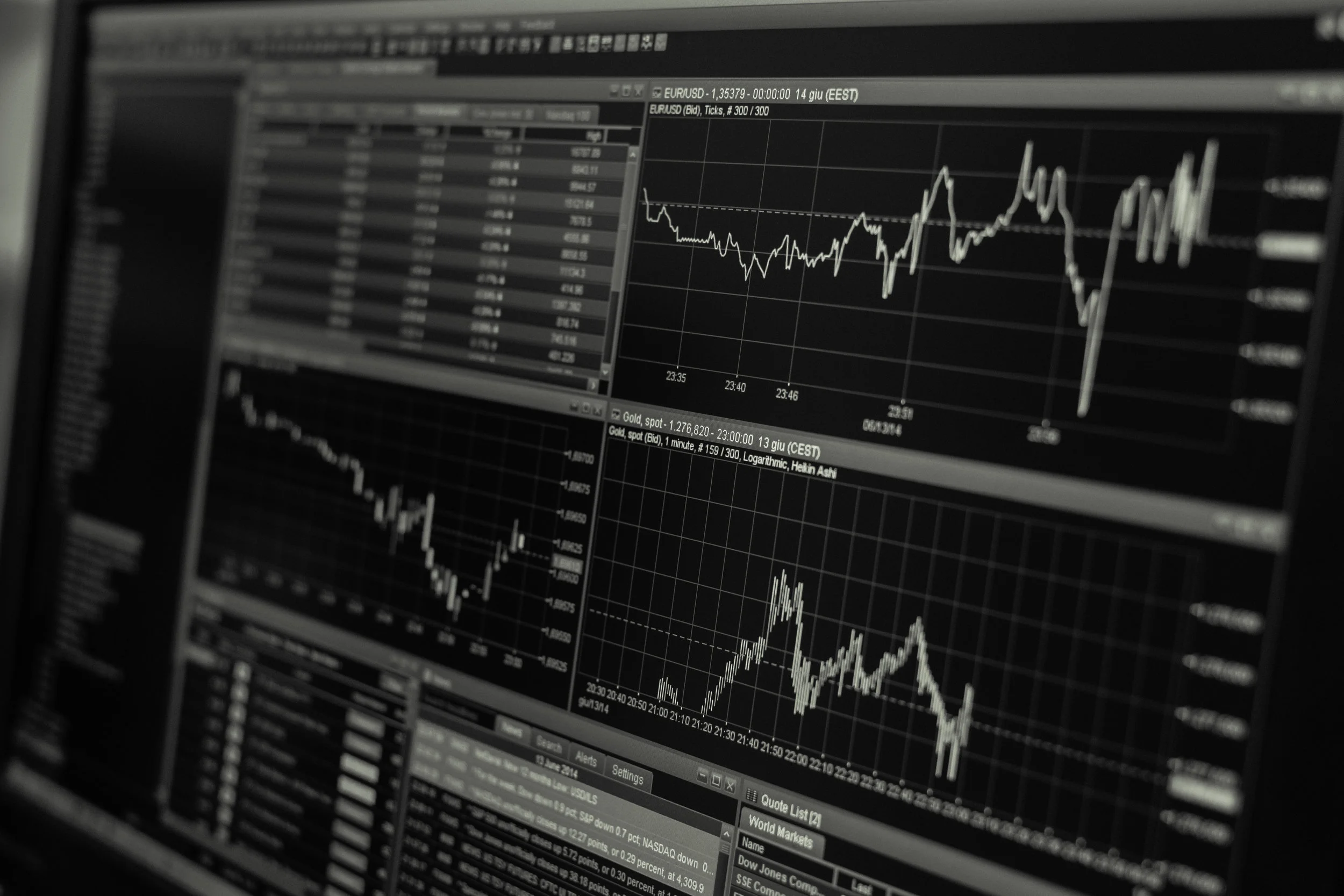As we reach the midpoint of the year, I want to take this opportunity to share insights into the current market dynamics, key economic indicators, and strategic considerations for your investment portfolios.
Strong Start to the Stock Market
The stock market has shown remarkable strength this year, with large-cap growth stocks leading the charge. Companies within the technology sector, particularly giants like Nvidia, Apple, Microsoft, and Amazon have dominated the gains this year while the average S&P 500 company has had middling returns. It is hard to forecast these times of concentrated outperformance so having exposure to the whole large cap market, obviously, means exposure to these companies. On the flip side, the market leaders can quickly change, as leaders can be limited by the sheer size of the gains, so portfolios will also benefit if other stocks take the reins. In fact, we are starting to see some signs in the last couple of weeks of the market broadening out, with smaller stocks outperforming these mega cap names.
Current Economic Indicators
Recent economic data indicate the economy continues to expand - with the GDP growing at a 1.4% rate. This rate is down from 3.4% in the fourth quarter 2023[i] and leading economic indicators suggest that growth may continue at this more moderate level as the Atlanta FedNow is projecting GDP for the second quarter to stay around 1.4%[ii]. Other areas of the economy are strong but showing signs of weakness. For example, the recent unemployment rate of 3.6% shows the labor market has been at historically low levels of unemployment but the June reading spiked to 4.1%[iii] Fortunately, the inflation statistics are still trending lower with the recent statistics moving down to the low 3% range. Some of the stickier data points are housing related which should mean continued decreases in the coming months. [iv] While the Federal Reserve has not implemented any rate cuts this year, there is speculation that they may consider them later in the year if economic conditions continue to weaken and inflation continues to ebb.
Positioning in Front of the Election
With the election approaching it is interesting to note how the market typically reacts in election years. The historical data is encouraging. As the chart below shows, during the second half of an election year returns outpace the average year by 4.2%. Obviously, this far from guarantees strong results for the remainder of the year, but this points to evidence that elections may not be a time to be overly cautious.
The first half of presidential election years tend to be sluggish, followed by a big second half
Average return, 1/1/26 – 12/31/23
Source: Morningstar as of 12/31/23. Stock market represented by the S&P 500 Index from 1/1/70 to 12/31/23 and IA SBBI U.S. large cap stocks index from 1/1/26 to 1/1/70. Past performance does not guarantee or indicate future results. Index performance is for illustrative purposes only. You cannot invest directly in the index.
Positioning and outlook
Given the current market conditions and economic indicators, we recommend maintaining a balanced and diversified portfolio. While the performance of large-cap growth stocks has been impressive, diversification across different sectors, geographies, and asset classes can help manage risks and enhance long-term returns. Allocations to longer duration bonds should also do well if the economy weakens. This could provide a hedge for equities that may struggle in a difficult economy.
[i] https://www.bea.gov/data/gdp/gross-domestic-product#:~:text=Real%20gross%20domestic%20product%20(GDP,real%20GDP%20increased%203.4%20percent.
[ii] https://www.atlantafed.org/-/media/documents/cqer/researchcq/gdpnow/RealGDPTrackingSlides.pdf
[iii] https://www.bls.gov/news.release/pdf/empsit.pdf
[iv] https://www.bls.gov/cpi/latest-numbers.htm


